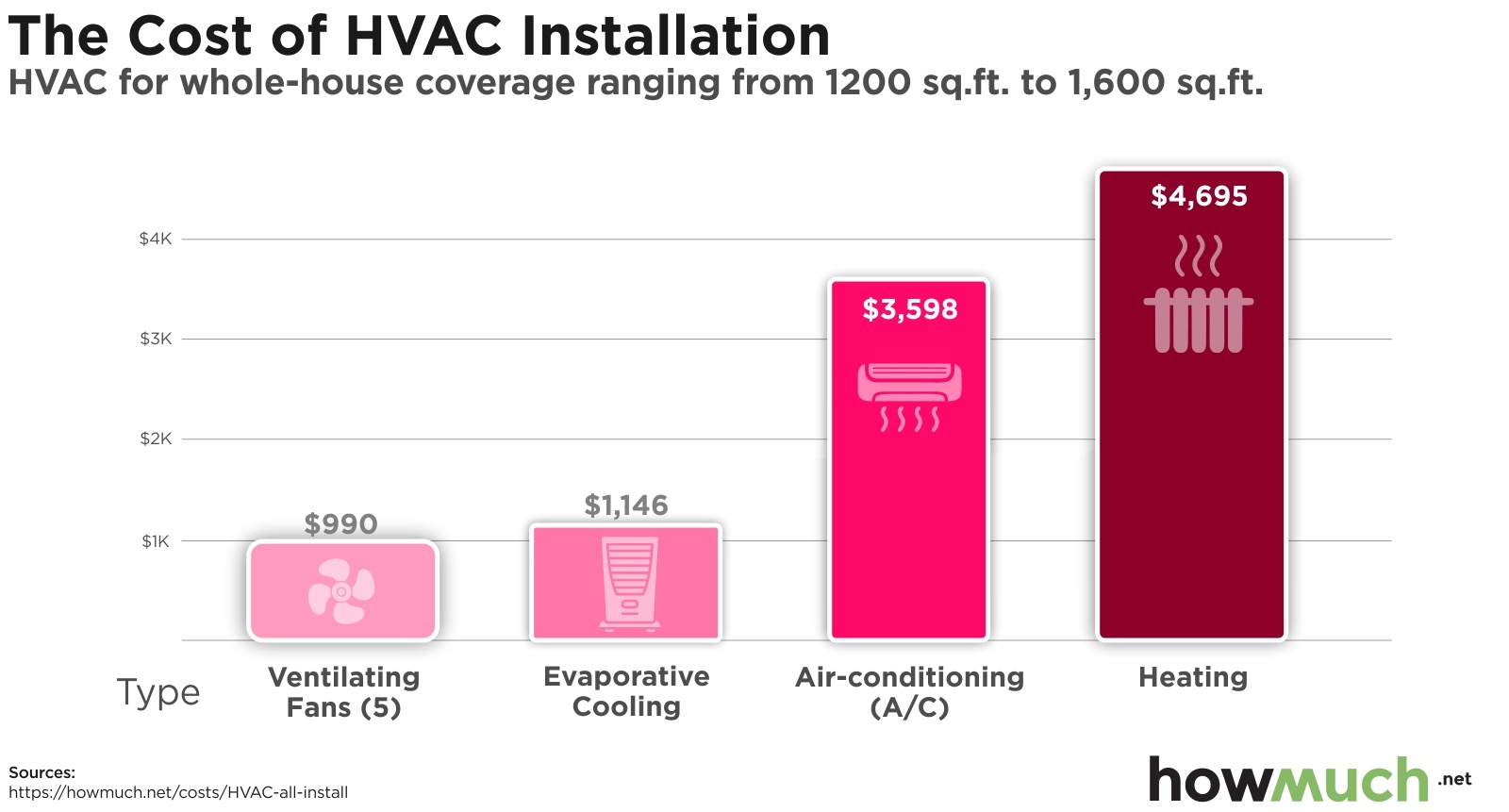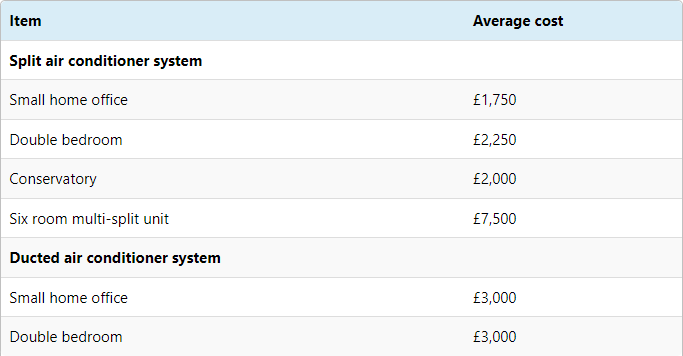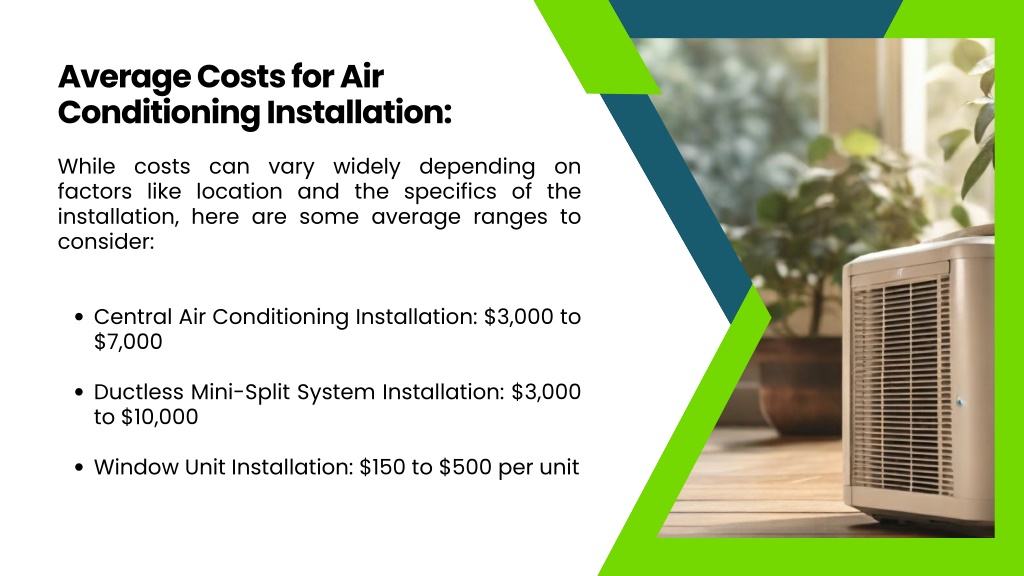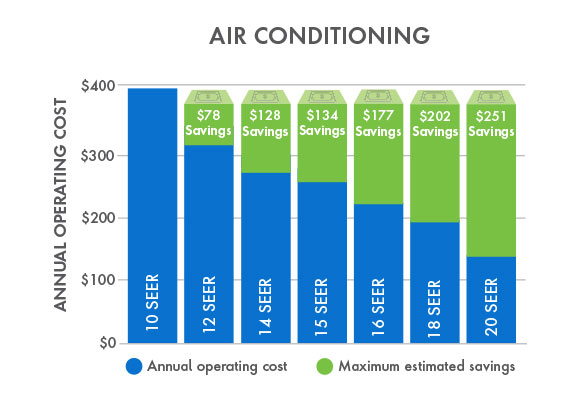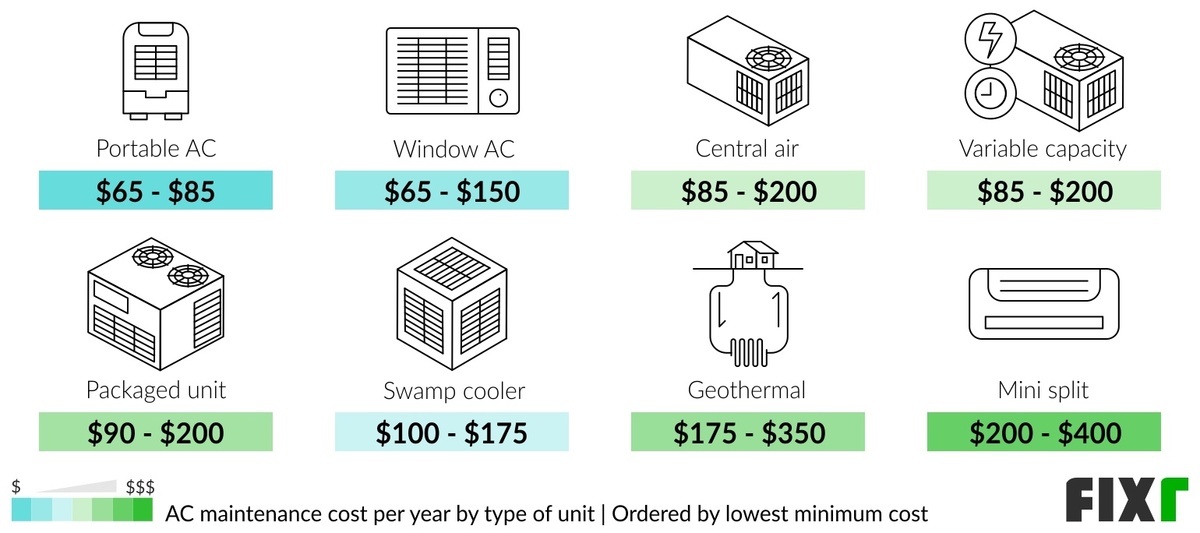Average Cost Of An Air Conditioning Unit

Decoding the Costs of Air Conditioning: A Comprehensive Guide
Investing in a new air conditioning unit is a significant decision, demanding careful consideration of factors beyond the initial sticker price. Understanding the various components that contribute to the overall cost – from the unit itself to installation and long-term operational expenses – is crucial for making an informed choice. This guide delves into the average costs associated with air conditioning units, exploring different types, brands, and efficiency ratings to help you find the perfect cooling solution for your needs.
Factors Influencing Air Conditioning Unit Costs
Several factors interplay to determine the final cost of your air conditioning unit. These include:
- Type of Unit: Central air conditioners, ductless mini-splits, window units, and portable ACs each have vastly different price points.
- Size and Capacity: Measured in BTUs (British Thermal Units), the cooling capacity must match your space. Larger homes require more powerful (and more expensive) units.
- Efficiency Ratings (SEER, EER): Higher Seasonal Energy Efficiency Ratio (SEER) and Energy Efficiency Ratio (EER) ratings translate to lower energy bills but often come with a higher initial cost.
- Brand and Model: Certain brands, known for their reliability and features, command higher prices. Specific models within a brand also vary significantly in cost.
- Installation Costs: Labor, materials (ductwork, refrigerant lines), and permits can significantly impact the overall expense.
- Geographic Location: Regional pricing differences for both equipment and labor exist due to varying market conditions and regulations.
Types of Air Conditioning Units and Their Average Costs
Let's examine the average costs associated with different types of air conditioning systems:
Central Air Conditioning Systems
Central air conditioners are the most common choice for whole-house cooling. They utilize a network of ducts to distribute cool air evenly throughout your home.
Pros: Efficient cooling, even temperature distribution, quiet operation (outdoor unit).
Cons: Higher upfront cost, requires existing ductwork or installation of new ductwork.
Average Cost: $3,000 - $7,000 for the unit alone. Installation typically adds $1,500 - $4,000, depending on the complexity of the job and the need for ductwork modifications or additions. Total cost: $4,500 - $11,000.
Ductless Mini-Split Systems
Ductless mini-split systems offer zoned cooling, allowing you to control the temperature in individual rooms or areas. They consist of an outdoor compressor/condenser and one or more indoor air handlers.
Pros: Zoned cooling, energy efficiency, relatively easy installation, no ductwork required.
Cons: Higher upfront cost compared to window units, indoor units are visible.
Average Cost: $1,500 - $4,500 per indoor unit (including outdoor unit costs divided accordingly). Installation ranges from $300 - $1,500 per indoor unit. For a multi-zone system (2-3 indoor units), expect to pay $4,000 - $12,000 installed.
Window Air Conditioners
Window air conditioners are a budget-friendly option for cooling a single room. They are installed in a window and exhaust hot air to the outside.
Pros: Low upfront cost, easy installation, portable.
Cons: Limited cooling capacity, noisy operation, obstructs the window, less energy efficient than other options.
Average Cost: $150 - $800, depending on BTU rating and features. Installation is typically DIY.
Portable Air Conditioners
Portable air conditioners offer flexibility, allowing you to move them from room to room. They vent hot air through a window using a hose.
Pros: Portable, no permanent installation required.
Cons: Less efficient than window units, can be bulky, require window venting.
Average Cost: $200 - $900, depending on BTU rating and features.
Comparing Popular HVAC Brands and Models
Several reputable HVAC brands offer a wide range of air conditioning units. Here’s a brief comparison of some popular options:
- Carrier: Known for its high-efficiency models and innovative technology. Consider the Carrier Infinity series for premium performance and smart home integration.
- Trane: Renowned for its durability and reliability. The Trane XV20i is a popular high-efficiency model.
- Lennox: Offers a range of energy-efficient options with a focus on quiet operation. The Lennox SL28XCV is a top-of-the-line model.
- Goodman: A budget-friendly brand offering reliable performance. Goodman air conditioners often have great warranties.
- Rheem: Provides a balance of performance and value, with a wide range of models to choose from.
- Mitsubishi Electric: A leader in ductless mini-split technology, offering advanced features and energy efficiency.
When comparing models, pay attention to the SEER rating. A higher SEER rating indicates greater energy efficiency, leading to lower energy bills. The current minimum SEER rating required by law is 14 in most regions, but models with SEER ratings of 16 or higher are recommended for maximum energy savings. Consider AFUE ratings for furnaces, or HSPF for heat pumps when applicable to the entire system if replacing more than just the AC unit.
Understanding SEER, EER, and HSPF Ratings
SEER (Seasonal Energy Efficiency Ratio): Measures the cooling efficiency of an air conditioner over an entire cooling season. Higher SEER = Higher Efficiency = Lower Energy Bills.
EER (Energy Efficiency Ratio): Measures the cooling efficiency of an air conditioner at a specific operating point (temperature and humidity). Useful for comparing units under similar conditions.
HSPF (Heating Seasonal Performance Factor): Measures the heating efficiency of a heat pump over an entire heating season. Applicable to heat pump systems, not air conditioners.
Warranties and Maintenance
A solid warranty provides peace of mind and protects your investment. Most reputable brands offer a standard manufacturer's warranty, typically ranging from 5 to 10 years on parts. Some brands offer extended warranties for an additional cost. Be sure to read the fine print and understand the terms and conditions of the warranty.
Regular maintenance is crucial for maximizing the lifespan and efficiency of your air conditioning unit. Schedule annual maintenance with a qualified HVAC technician to ensure proper operation, clean coils, check refrigerant levels, and identify any potential issues. Neglecting maintenance can lead to reduced efficiency, increased energy bills, and costly repairs.
Installation Costs: What to Expect
Installation costs can vary significantly depending on the complexity of the job. Factors that influence installation costs include:
- Type of Unit: Central air conditioning installations are generally more expensive than window unit installations.
- Ductwork: Installing new ductwork or modifying existing ductwork can add significantly to the cost.
- Refrigerant Lines: Running new refrigerant lines can also increase the cost.
- Electrical Work: Upgrading electrical service may be required to accommodate the new unit.
- Permits: Building permits are often required for HVAC installations, adding to the overall cost.
- Labor Rates: Labor rates vary depending on your geographic location and the contractor you choose.
Obtain multiple quotes from licensed and insured HVAC contractors to ensure you're getting a fair price. Ask for a detailed breakdown of the installation costs, including labor, materials, and permits.
Long-Term Operating Costs
Beyond the initial purchase and installation costs, consider the long-term operating costs of your air conditioning unit. Energy consumption is the biggest factor, directly impacting your monthly utility bills. A higher SEER rating translates to lower energy consumption and significant savings over the lifespan of the unit. Other operating costs include maintenance, repairs, and replacement parts.
Making the Right Choice
Choosing the right air conditioning unit requires careful consideration of your budget, cooling needs, and energy efficiency goals. Assess your home's size and insulation levels to determine the appropriate BTU rating. Compare different types of units, brands, and models, paying attention to SEER ratings, warranty terms, and installation costs. Consult with a qualified HVAC professional to get personalized recommendations and ensure proper installation.
By understanding the various factors that influence the cost of air conditioning units, you can make an informed decision and invest in a cooling system that provides comfort, efficiency, and long-term value for your home.
